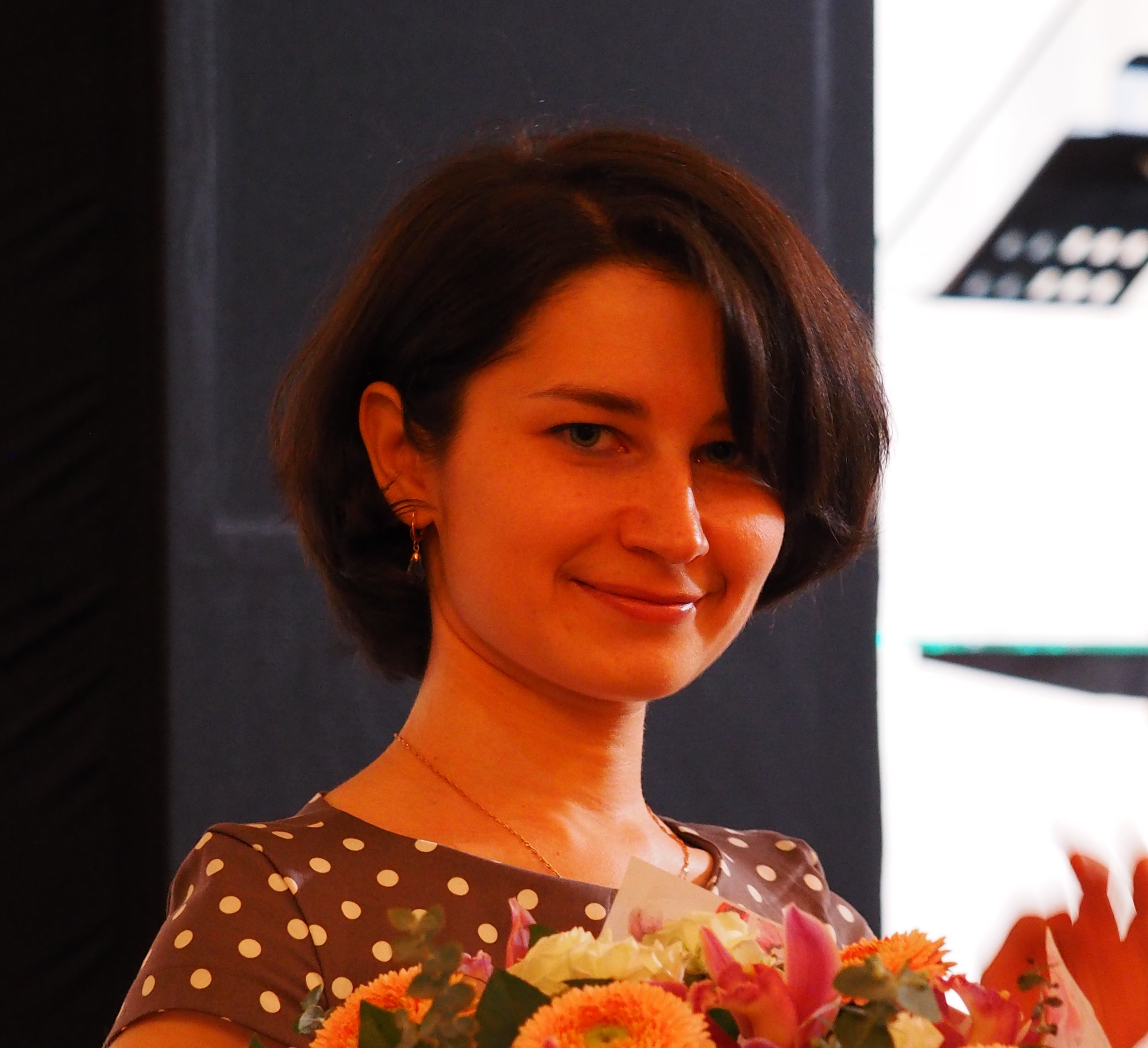
Written By: Yulia Ladutko
November 30, 2021
According to statistics, over 80% of the pharmaceutical workforce in the whole of Russia today is represented by women. Today our citizens see that pharmacies do have a female face. But it was not always so.
Let’s look back. In 1895, only 13 women worked as pharmacist assistants. By 1898 their number increased to 47. Back then, it was purely a man’s world, a monopoly. Pharmacy owners did not plan to provide working places to women; almost the same situation could be described for medicine. In 1897, the first Women’s Medical Institute in Russia was opened in St. Petersburg. There women were allowed to listen to a course of lectures required to pass examinations to gain the title of pharmacist.
In 1898, the Ministry of Internal Affairs allowed the Russian Medical Society in Moscow to open special pharmaceutical courses to prepare women for examinations for the title of pharmacist. In 1899, similar courses were opened in St. Petersburg at the city hospital. And that was just the start.
To overcome general mistrust of women’s work in pharmacy, it was decided to open a women’s pharmacy. There all the necessary operations, including the management of the pharmacy, were performed by women. The first woman pharmacist in Russia, Antonina Lesnevskaya, took up this task (pharmacy owner).
The pharmacy, located in St Petersburg city centre, had a beautifully decorated white and gold interior, and the most modern pharmacy equipment. Only women aged 16 to 26 worked in it in a two-shift regime of seven hours per shift. And the first manager of this institution was Zinaida Akker.
In January 1902, Lesnevskaya informed the higher authorities that she had accepted 11 students to study at her Women’s School of Pharmacy. Education lasted for two years divided into four semesters,. The students were taught by professors of the Military Medical Academy and the Women’s Medical Institute, among others. In the first year, students studied chemistry, zoology, physics, botany and mathematics. The curriculum for the second year included the study of organic chemistry, analytical chemistry, pharmacognosy, pharmacology, pharmaceutical chemistry, mineralogy and geology, hygiene and jurisprudence.
A theoretical course in chemistry was combined with practical laboratory exercises. The students’ practice took place in Lesnevskaya’s pharmacy, and for six weeks during the summer holidays in rural pharmacies. At the end of the fourth semester, the students took final exams, and then they were awarded the title of “pharmaceutical assistant”.
Fundamental changes took place only when women became fully equal with men in their rights to receive pharmaceutical education, in particular, when the principle of their separate education was abolished. Then a new era began in pharmacy. How things have changed. Could you even imagine a pharmacy without women today?